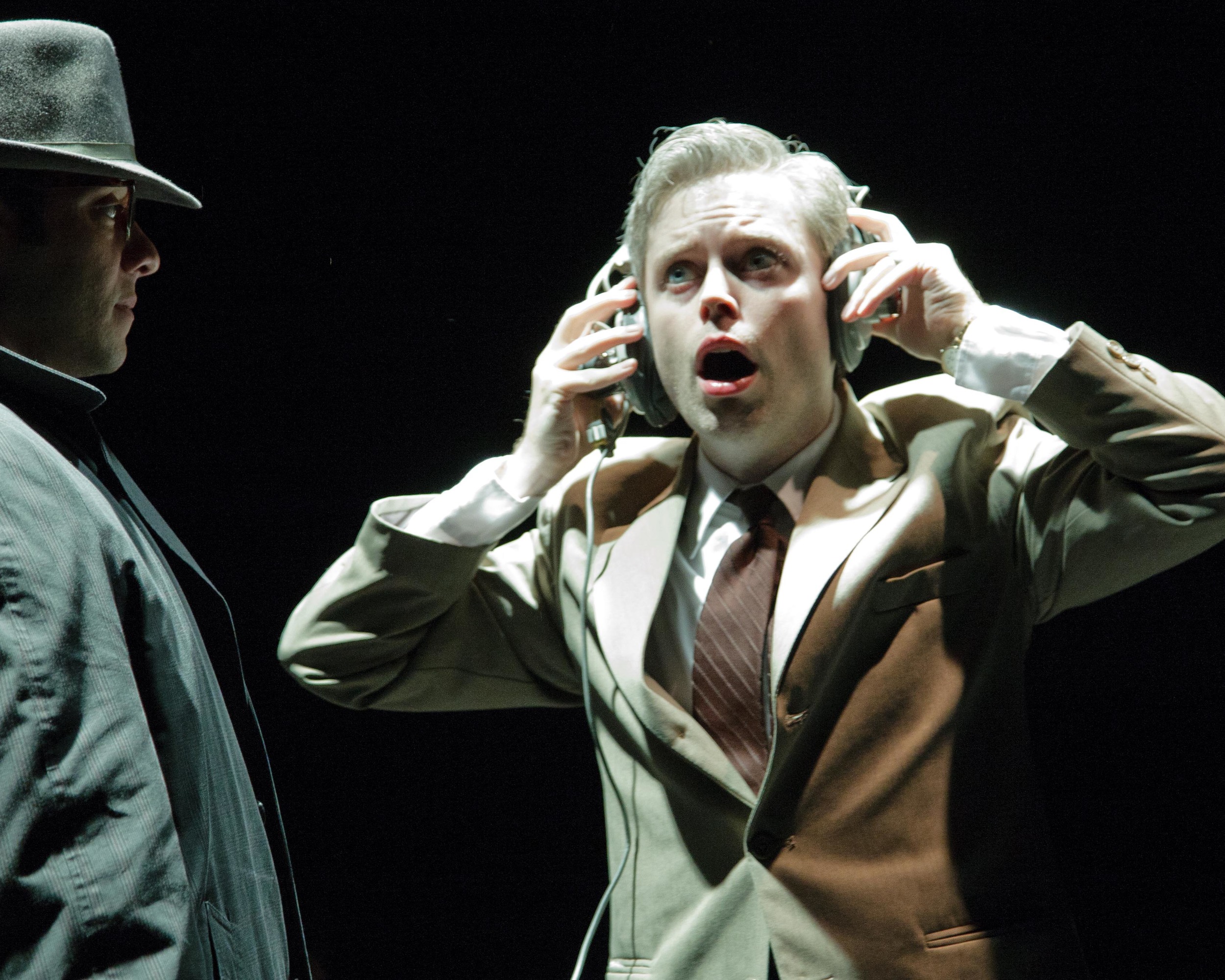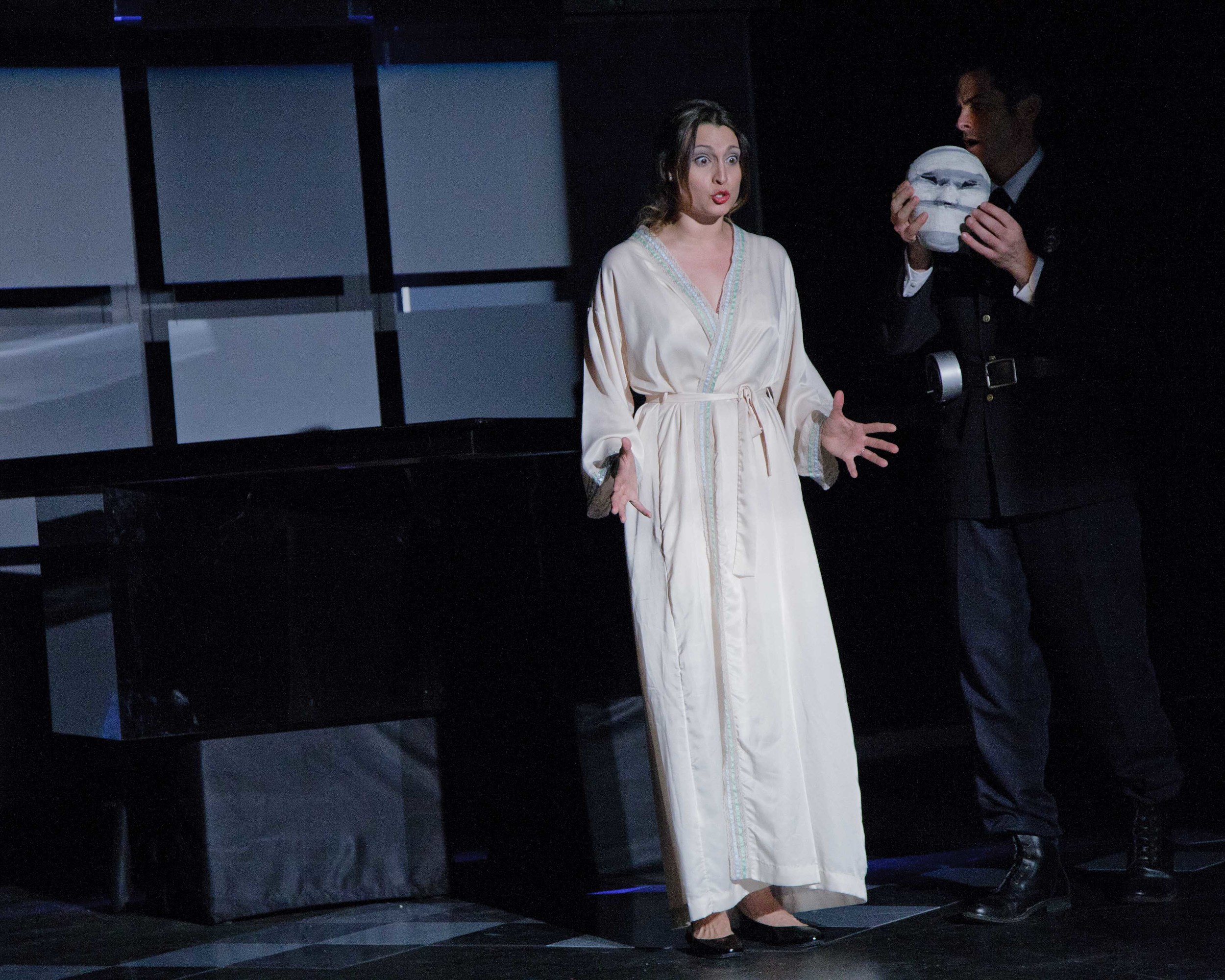Hum
“...Sound designer Brendon Vierra creates a brilliant, ever-shifting hum — the perpetual background noise of the title...”
*Received a 2012 Helen Hayes Nomination for Outstanding Sound Design
a Theatre Alliance Production
Directed By: Colin Hovide and Nathaniel Mendez
Scenic and Projection Design: Robbie Hayes
Lighting Design: Kyle Grant
Costume Design: Heather Lockard
“…As for Hum’s hum itself, which reverberates continuously through the first third of the play, particular credit must be given to Brandon Vierra’s sound design. Sound is an important element in any play, but it’s rarely as central to the plot as it is in Hum, and Vierra has found a way to make the droning noise effective without it ever becoming distracting or overwhelming the other elements of the play. The hum never fully fades into the background, but you do eventually adjust to its presence, so that you – like the play’s characters – are thrown off by the sudden silence when it’s gone….
“By the time you reach Hum’s dreamlike, almost expressionistic ending, the play’s spell has fully been cast. And like any good piece of dystopian fiction, you’ll walk away from the theater reflecting on the horrors of the play’s world – and just how closely they reflect the horrors of ours….”
“To create the hum itself, Hovde chose sound designer Brendon Vierra, whose work has been heard at Woolly Mammoth, GALA, and Signature Theatre. To build the hum, Vierra says he “picked a hybrid of organic and electronic sounds and kind of mish-mashed them together.” The result is not so much a composition but “two major layers” of hum. The first layer is composed of an “underlying base pulse kind of hum that ebbs and flows,” and the other is “very location specific,” comprising “action-driven hums that really interplay throughout the entire act.”
But how does a hum stay interesting? “The goal,” he says, “was to add enough of a subtle melodic structure... that it would not be static” nor “too dark and too depressing.” Hovde wanted a hum that’s not “like an air conditioning machine, because that would put everybody to sleep. But it’s actually a living—it’s almost another character in the piece.””



